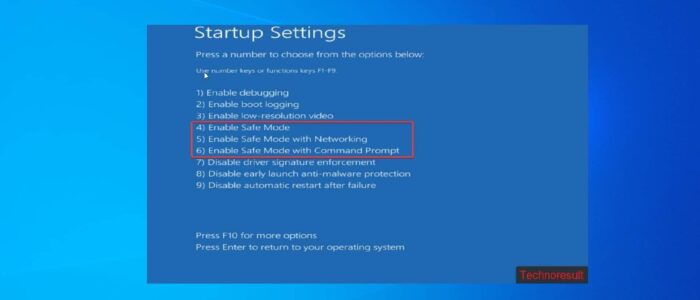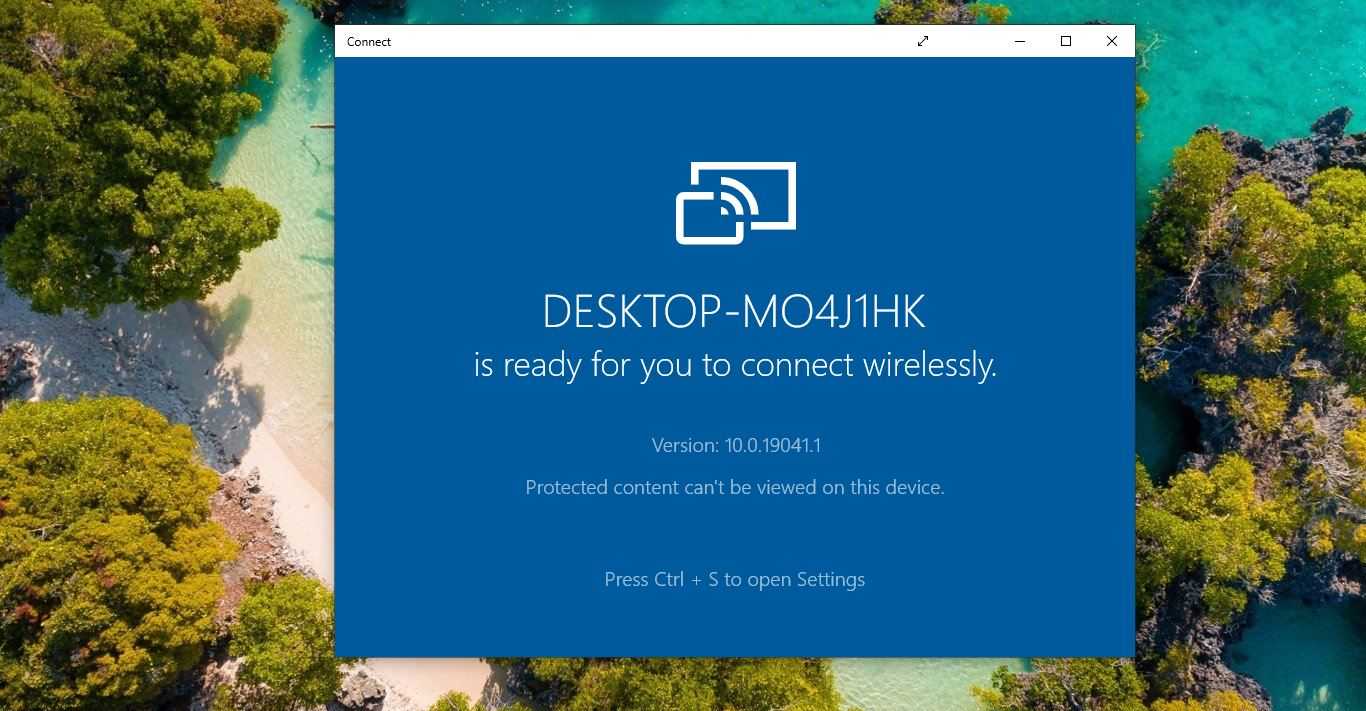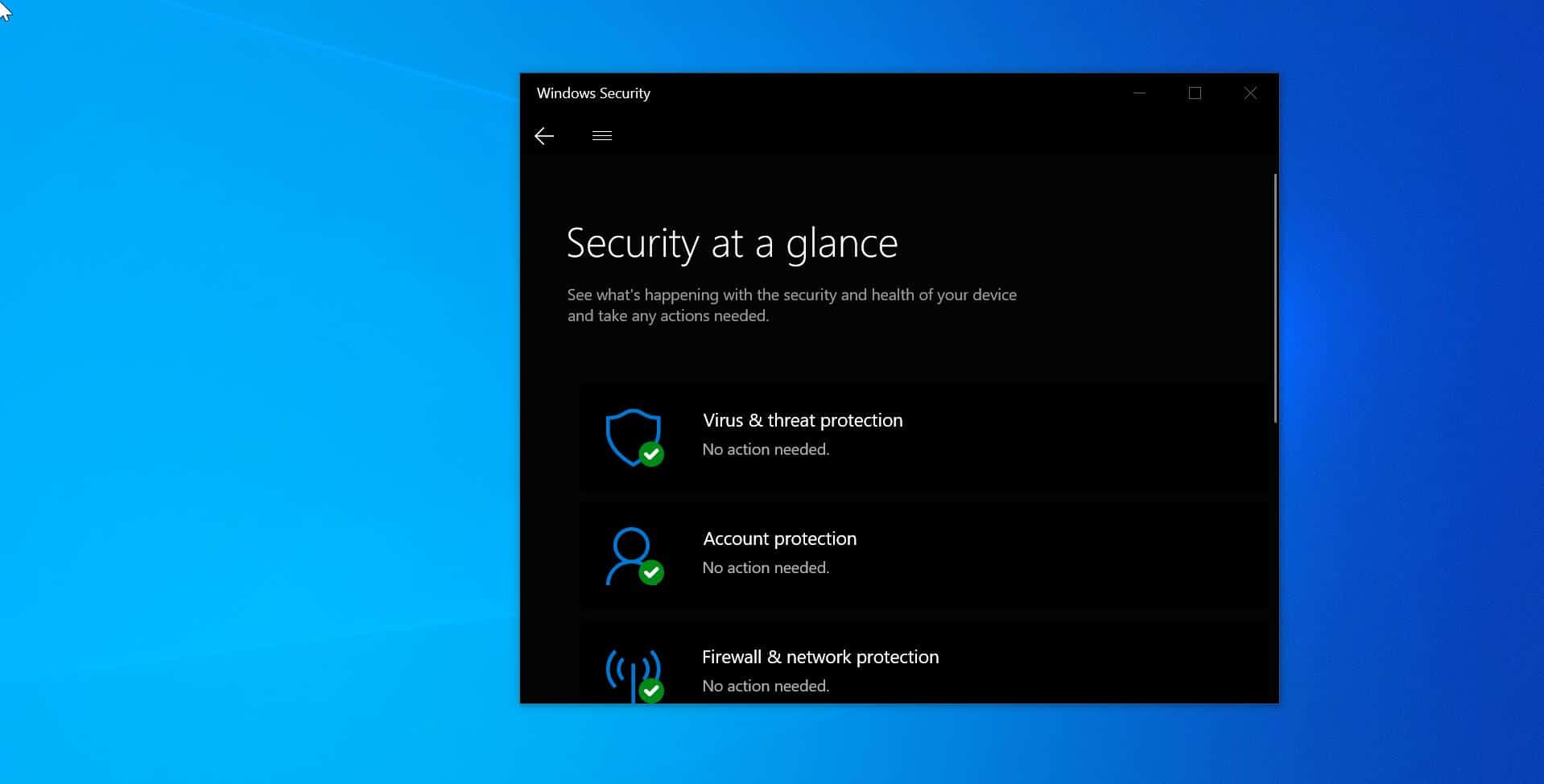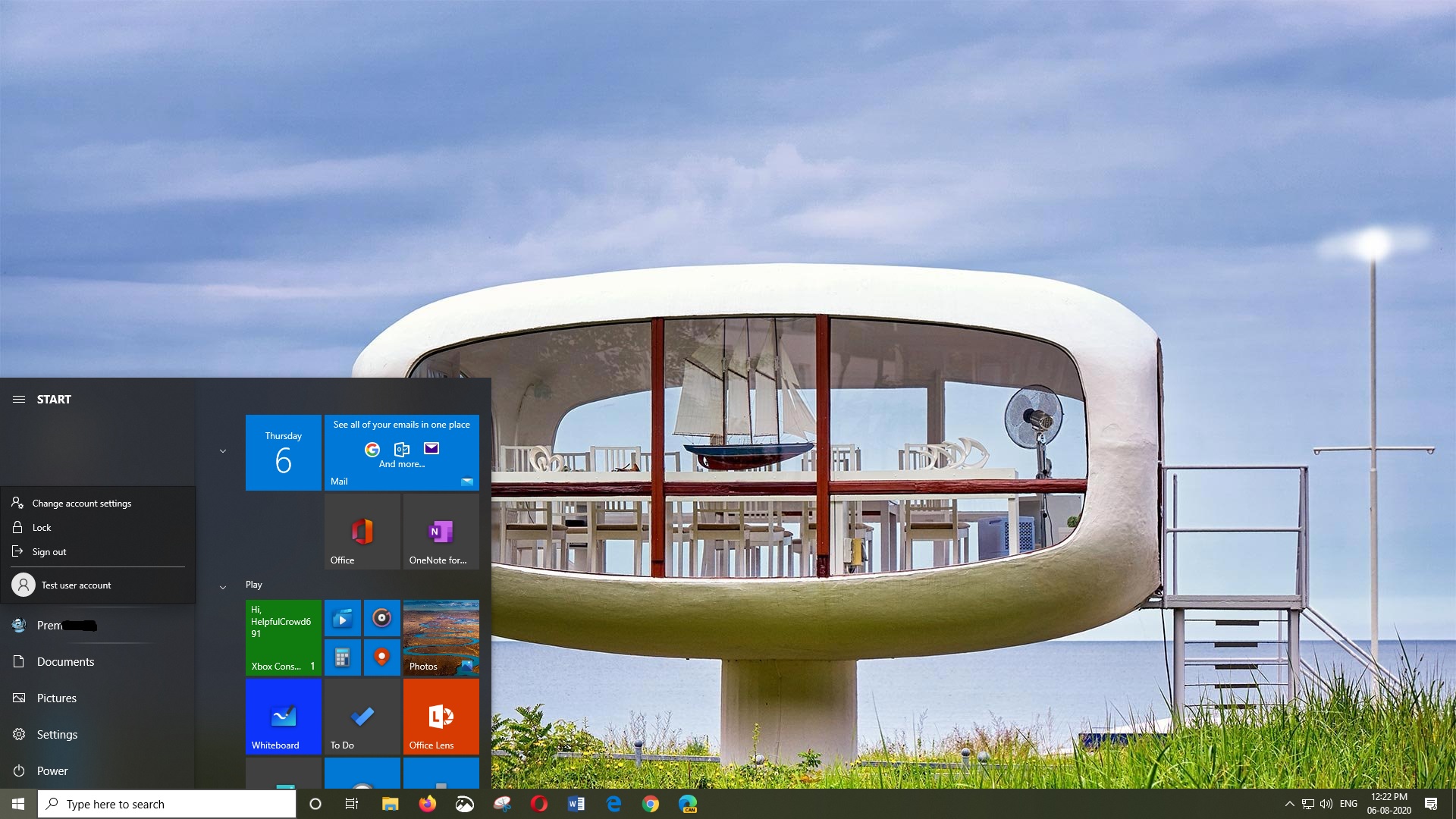Safe mode is a diagnostic mode of a computer operating system (OS). It can also refer to a mode of operation by application software. In Windows, safe mode only allows essential system programs and services to start up at boot. Safe mode is intended to help you to fix most of the problems within an operating system. In safe mode, an operating system has reduced functionality, but the task of isolating problems is easier since many non-core components are disabled, such as sound, network drivers, graphics drivers, etc. It varies by the operating system. From Windows NT to Windows 7 you can access the safe mode by pressing F8. But this traditional F8 for safe mode option was canceled by Microsoft. This traditional method was changed in Windows 8,8.1 and 10 to reduce the boot time process. Either Shift-F8 or a special GUI-based workaround is necessary to access safe mode. You can access Safe Mode in different ways, In this article, we’ll see the Number of Ways to Enter Safe Mode in Windows 11.
Number of Ways to Enter Safe Mode in Windows 11:
In Windows 11 you can access Safe Mode using different methods, if you want you can add Safe Mode to Windows 11 boot menu.
Enter Safe Mode using Power Options:
This is the easiest method to Enter Safe Mode, by using Power Options you can easily enter into Safe Mode.
Click on the Start Menu and click on the Power button.
By clicking Power button, you can see the Power Menu, Press Shift Key and then click on Restart.

After the Restart the system will automatically enter into Advanced Startup Options, it will show the “Choose an Option” section, here select the Troubleshoot option from the list.

Next click on Advanced options > Startup Settings > Restart.

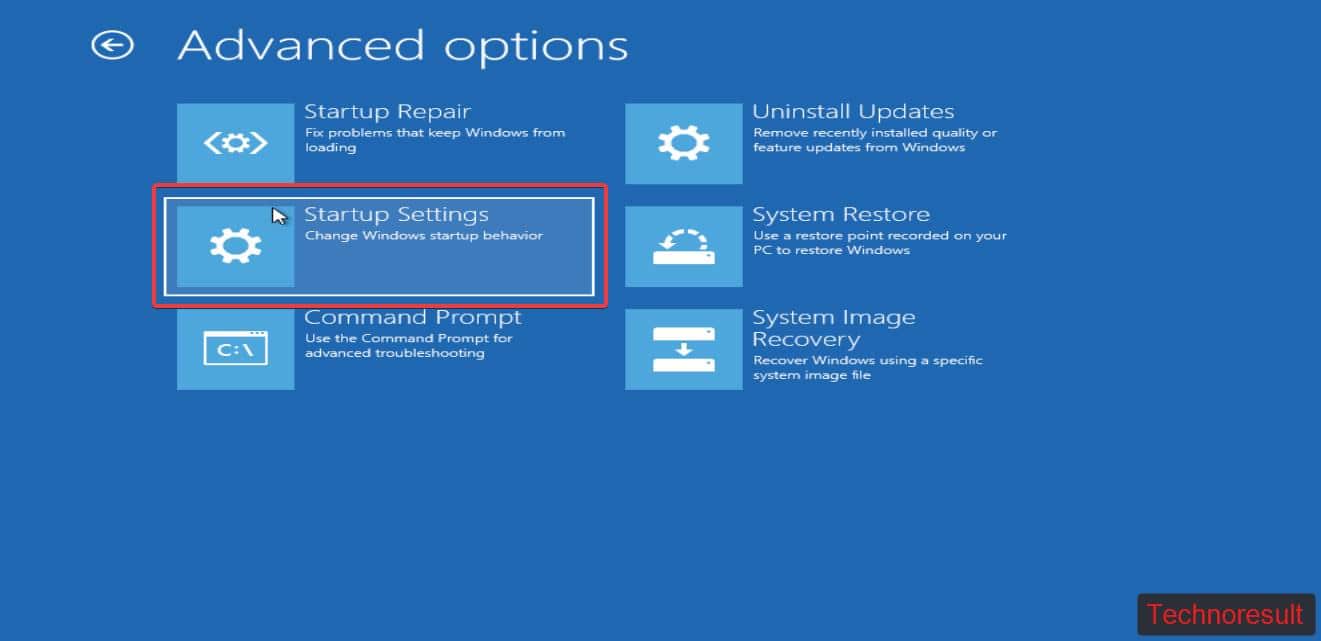
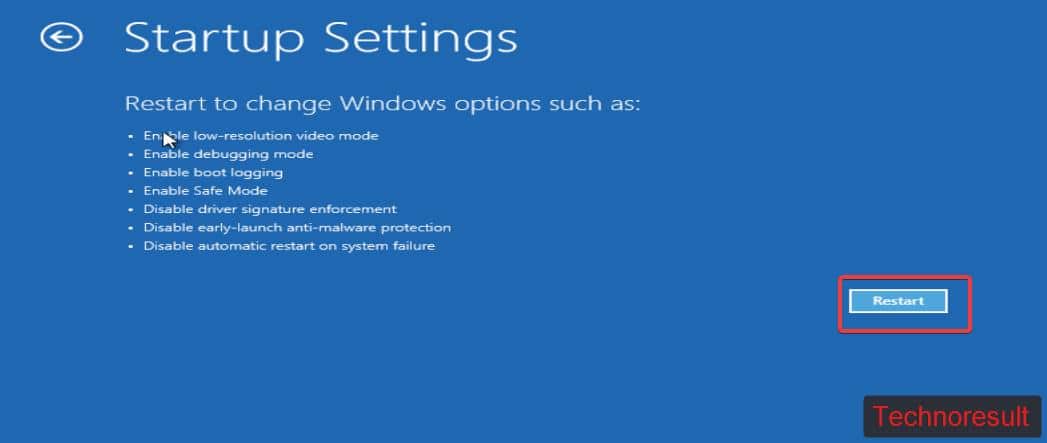
Now the system will restart and give you option to load safe mode, press the following keyboard buttons to enter into safe mode.
Press F4 or 4 to Enter Safe Mode
Press F5 or 5 to Enable Safe Mode with Networking
Press F6 or 6 to Enable Safe Mode with Command Prompt.
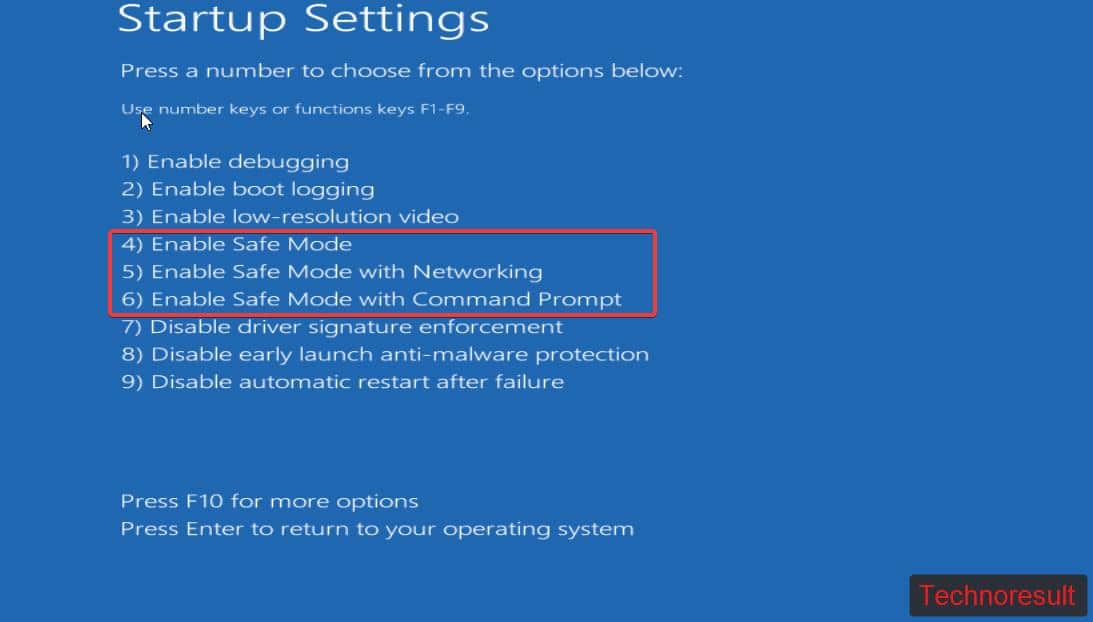
Once you Press on these buttons, your computer will restart and boot into safe mode.
Enter Safe Mode using Windows Settings:
Open Windows Settings by pressing Windows + I and choose System from the left-hand side.
Under System click on Recovery.

Under Recovery, you can see the Advanced Startup option, Click on Restart Now button.
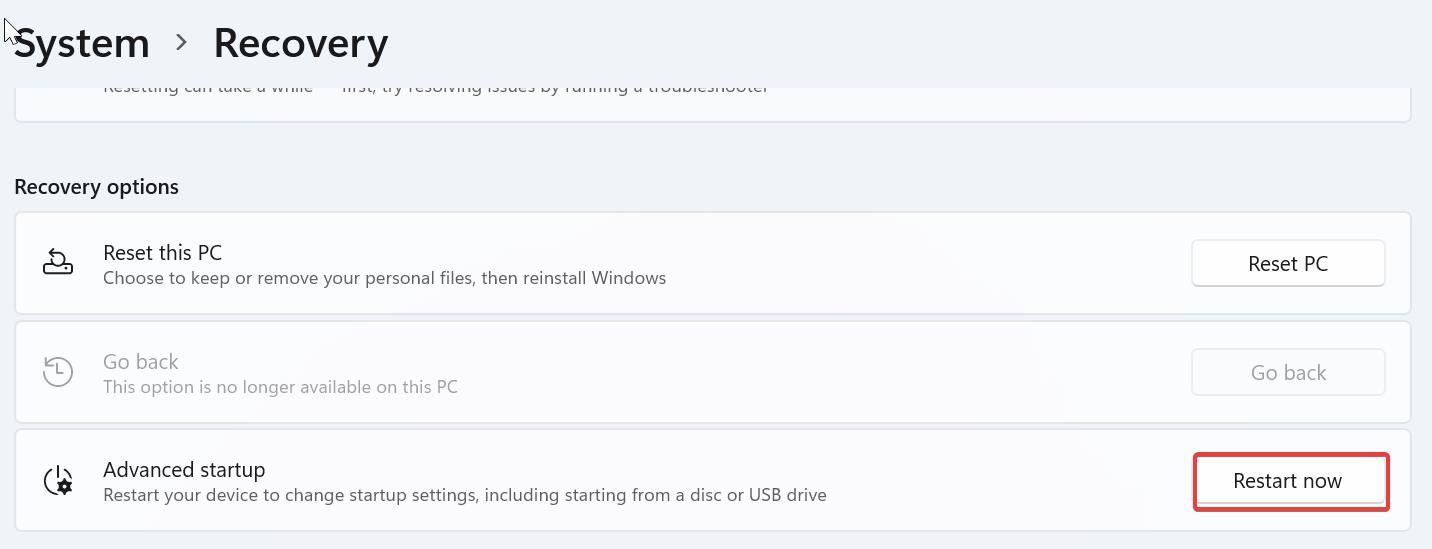
Now the system will restart and enter into the Advanced Startup Option. it will show the “Choose an Option” section, here select the Troubleshoot option from the list.
Next click on Advanced options > Startup Settings > Restart.
Now the system will restart and give you the option to load safe mode, press the following keyboard buttons to enter into safe mode.
Press F4 or 4 to Enter Safe Mode
Press F5 or 5 to Enable Safe Mode with Networking
Press F6 or 6 to Enable Safe Mode with Command Prompt.

Once you Press on these buttons, your computer will restart and enter into safe mode.
Enter Boot Menu using Command Prompt:
Open Command Prompt in elevated mode, click on the start menu and search for Command Prompt and Choose Run as Administrator.
Type the following command and hit enter.
Bcdedit /set {bootmgr} displaybootmenu yes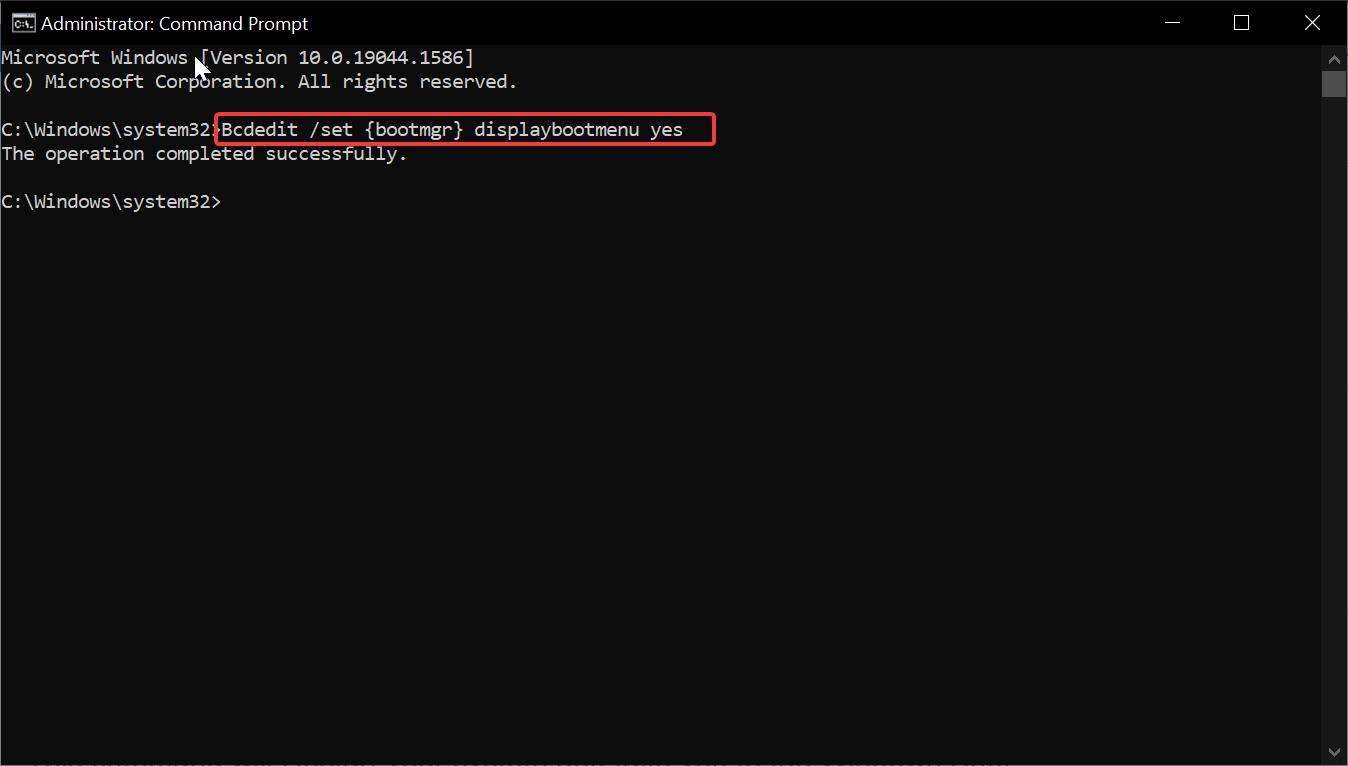
This command will Restart your system and take you to the Windows Boot Manager page, From that page you can see the message, To Enter into Advanced Startup option Press F8.
Press F8 to enter into Advanced Startup Option.
Once you Enter Advanced Startup Option, follow the same steps from the above-mentioned methods to enter into safe mode.
Note: This command permanently enables the boot manager, so each time when you restart your system, your system will show the boot manager. To disable boot manager during the system startup type this command. Bcdedit /set {bootmgr} displaybootmenu no this command will disable the Boot menu.
Using MSconfig:
Open the Run command by pressing Windows + R and type msconfig and hit enter. This command will open the System Configuration.
Under System Configuration click on the Boot tab.
Under Boot Options, check the Safe boot and choose Minimal.
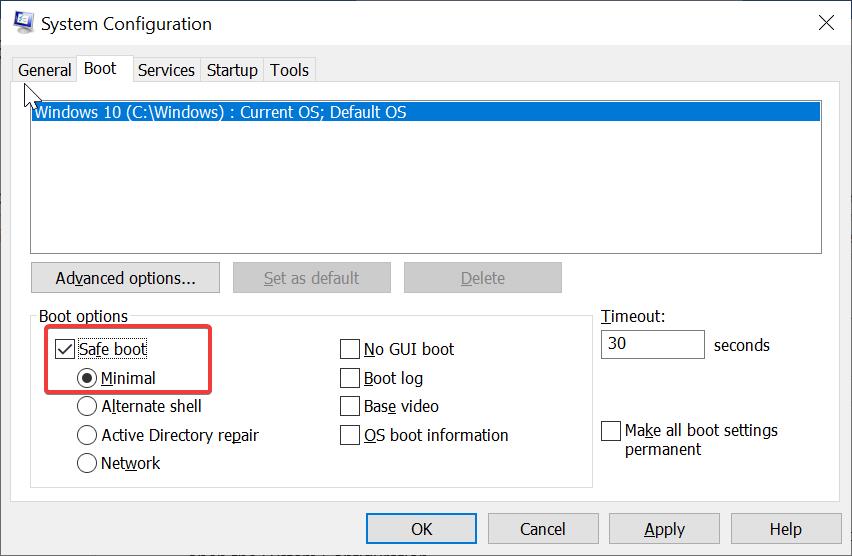
Click on Apply and OK and restart the system.
Now the system will show the Advanced Startup option, follow the same steps from the Method 1 after entering the Advanced Startup Options.
Read Also:
How to Boot into Safe Mode Using Command Prompt?
How to Disable Safe Mode in Windows 11?

